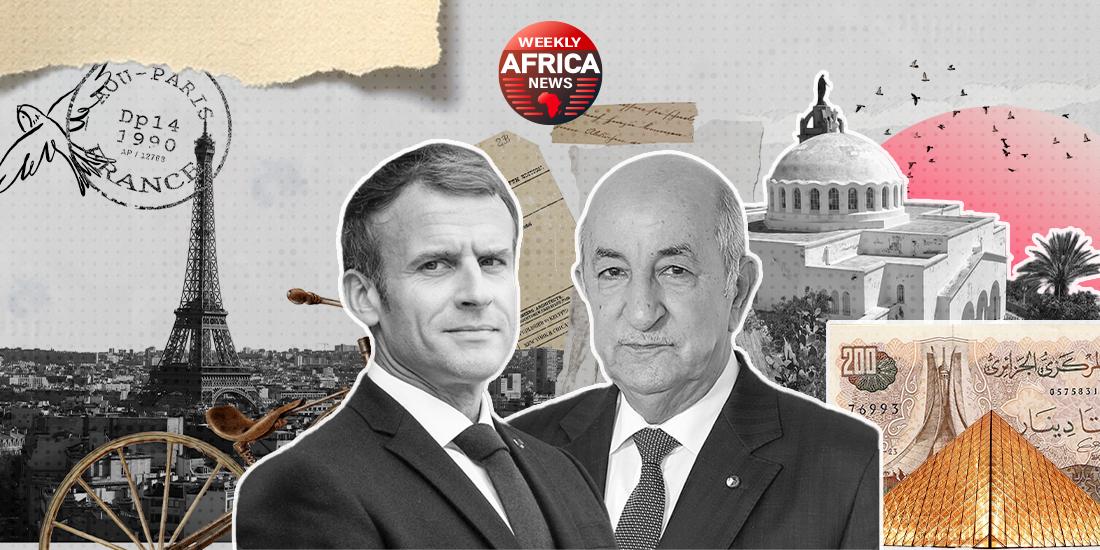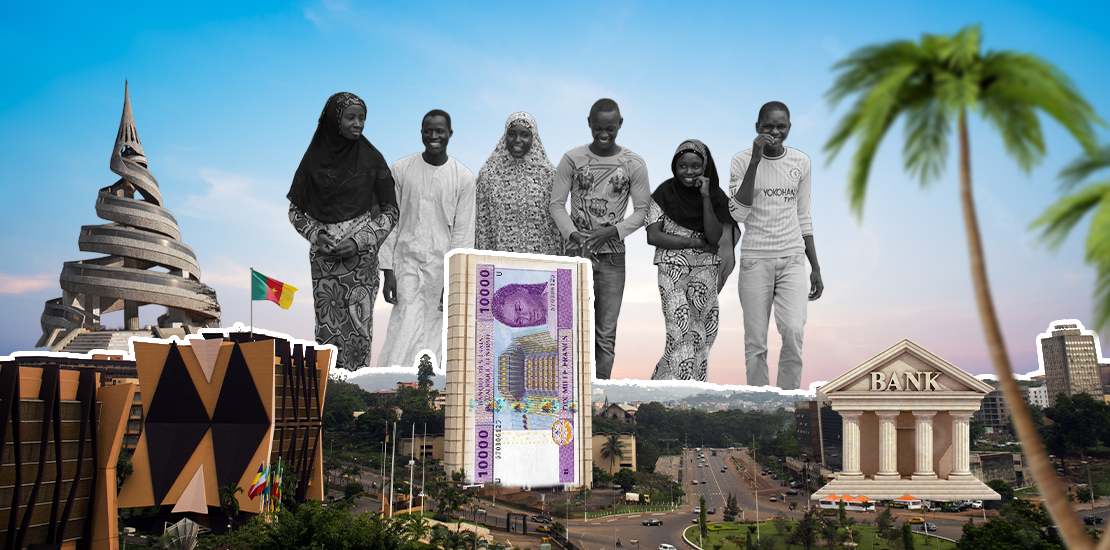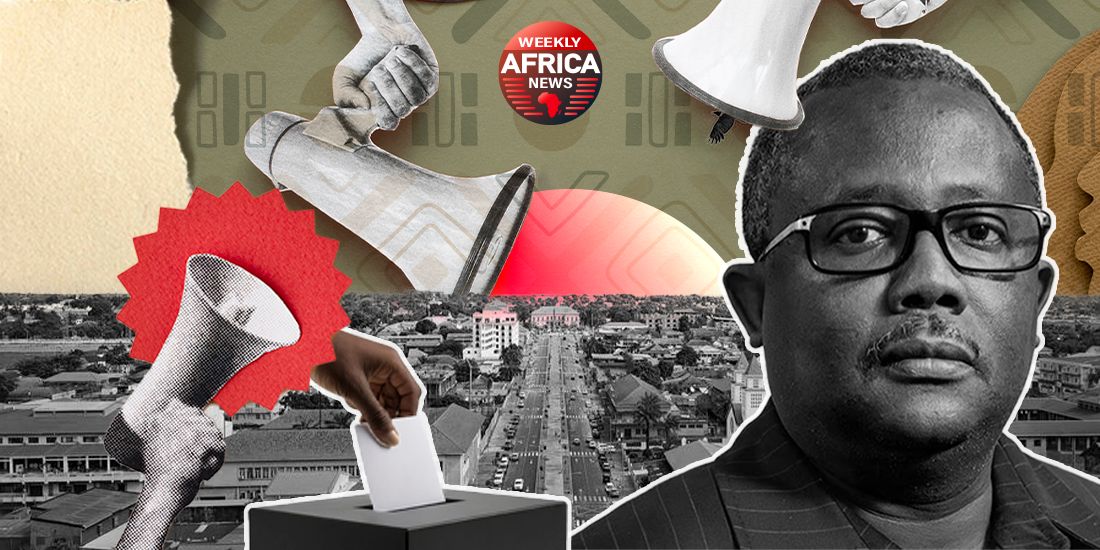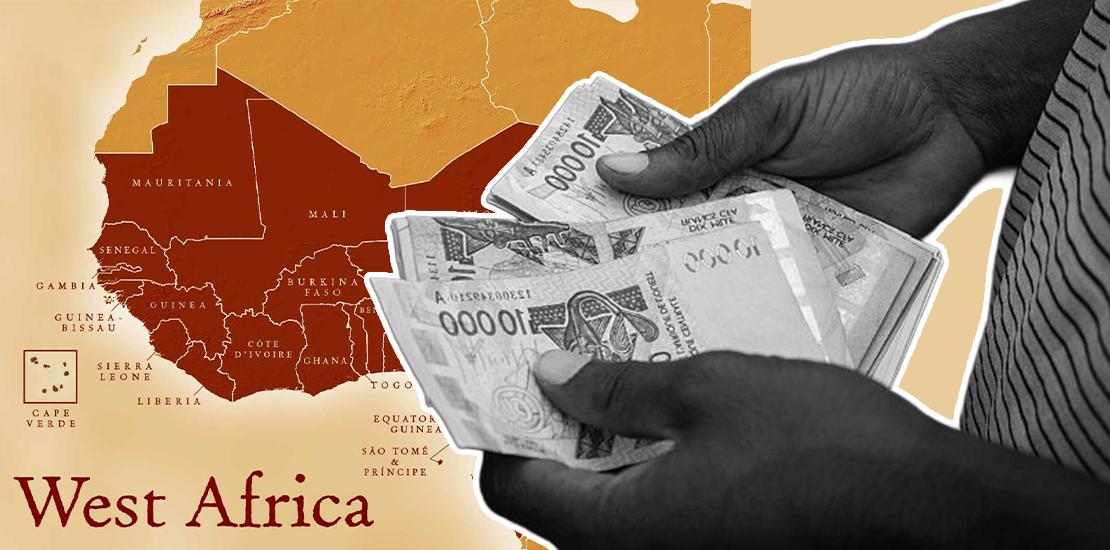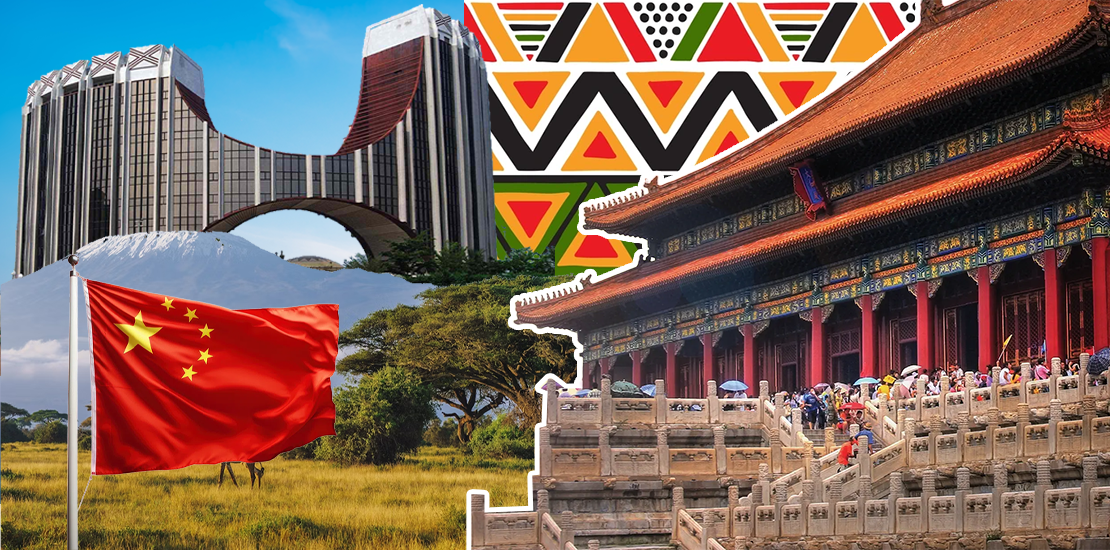In Morocco, the emergence of the GenZ212 collective took parties, unions and institutions by surprise. Born online and massively relayed on Discord, TikTok and Instagram, this movement of young people, often minors or barely out of university, has taken simple social demands to the streets: functioning hospitals, a dignified public school, an end to rents and impunity. At the heart of the controversy lies a key question: who is really funding GenZ212, and what does the financial architecture (or lack of it) of this uprising reveal?
The established facts converge: GenZ212 is a mobilization with no declared structure, diffuse leadership, organized by thematic channels (health, education, legal) on public servers. This “flat” organization has two financial consequences. Firstly, logistics are minimalist: no premises, little equipment, viral communication that costs next to nothing. Secondly, most of the expenses are micro-costs (transport, banners, legal assistance), easily covered by self-financing and small petty funds. Several of the collective’s public messages insist on budgetary discipline and “non-affiliation” with outside parties or backers. Legal support kitty groups have emerged, with modest amounts, suggesting diffuse and opportunistic funding rather than a “war chest”.
Three hypotheses are circulating. The first, and most empirically sound, is that of endogenous funding: personal contributions, logistical help, occasional online donations. The sociological profile of the base (students, young precarious workers) does not argue in favor of massive flows; but the network effect compensates in part through the volume of micro-donations and the free nature of digital tools.
The second is NGOs and civil society. Morocco’s associative fabric is accustomed to raising (often foreign) funds for legal or social causes. At this stage, there is no evidence of direct, structured funding of GenZ212 by any given NGO. On the other hand, there are intermediaries: observers, hotlines, lawyers and legal documentation. This is less a case of the movement being financially “taken care of” than of militant routines converging around young, exposed litigants.
The third, more controversial, concerns foreign interference. Rumors and viral videos evoke “infiltration” of public servers or attempts at recuperation. Open platforms make the presence of exogenous actors (activists from other countries, coordinated accounts, the curious) plausible, without this equating to funding or operational direction. To date, there is no robust independent evidence of foreign financial flows driving GenZ212. Caution is needed to distinguish between informational exposure (inevitable in open networks) and financial dependence (unproven).
In both the institutional opposition and the unrecognized movements, public statements have multiplied: condemnation of the violence, calls for dialogue, demands for the release of detainees. This rhetorical support is not proof of funding. On the contrary, it reflects a strategy of “co-positioning”: listening to a youthful base that the parties are struggling to organize. At the margins, political entrepreneurs are trying to transform GenZ212’s energy into a partisan offering. Here again, the stakes are less financial than organizational: capturing a pool of attention built up free of charge online.
The movement thrives on a familiar social terrain: high youth unemployment, territorial inequalities in access to healthcare, a feeling of injustice in the face of investments deemed “showcase” (World Cup 2030, major construction projects) while maternity wards and emergency departments struggle to respond. Highly symbolic hospital tragedies have catalyzed the anger. In response, the executive said it “heard” the demands and called for calm, while challenging the idea of systematic budget arbitration at the expense of social sectors. In other words, the debate is as much about the allocation and efficiency of public spending as it is about its absolute amounts.
The crux of the matter is not a mysterious cashier lurking in the shadows, but the combination of three dynamics: 1) near-zero organization costs thanks to platforms, 2) an action repertoire based on lightning rallies and amateur visuals, 3) a simple, unifying narrative (“hospitals, not stadiums”) that lowers the need for paid marketing. In this context, heavy funding would almost be a strategic contradiction: it would create traceability and suspicion, while offering the authorities an angle of attack. Here, financial restraint is political life insurance.
For institutions, the challenge is not so much to identify a hidden backer as to rebuild trust: transparency of budget priorities, tangible proof of service improvements, channels of consultation open to those under 25, a proportionate legal response. In the short term, credible de-escalation requires political signals (public assessments of projects, audits, measurable action timetables). In the medium term, reducing the vulnerabilities that fuel mobilization (basic health, schools, local employment) will determine the lifespan of GenZ212.
At this stage, everything points to a self-organized, cost-controlled movement fueled by micro-financing and peripheral activist resources, rather than by external manna. GenZ212’s impact will not be determined by an accounting of donations, but by its capacity to transform indignation into verifiable improvements, and by the state’s ability to respond to it without reducing the issue to the convenient but reductive avenue of hidden funding.


